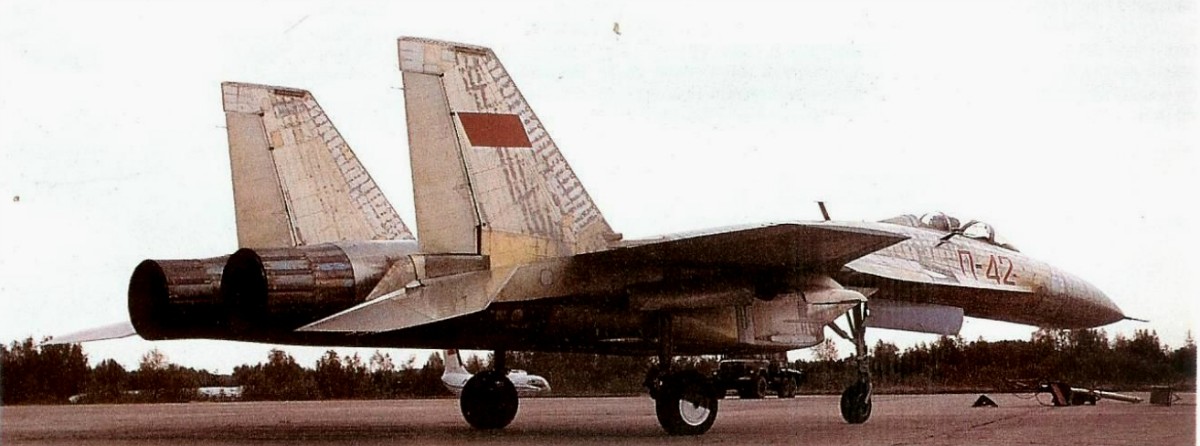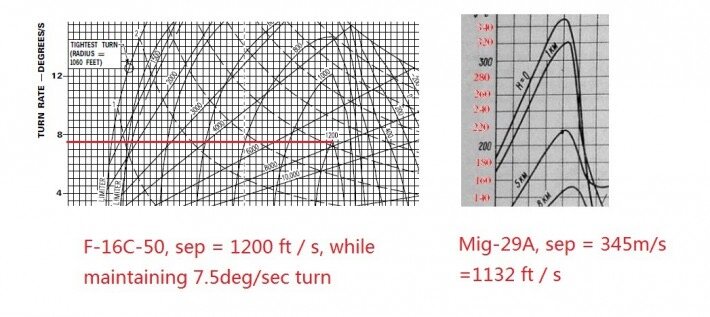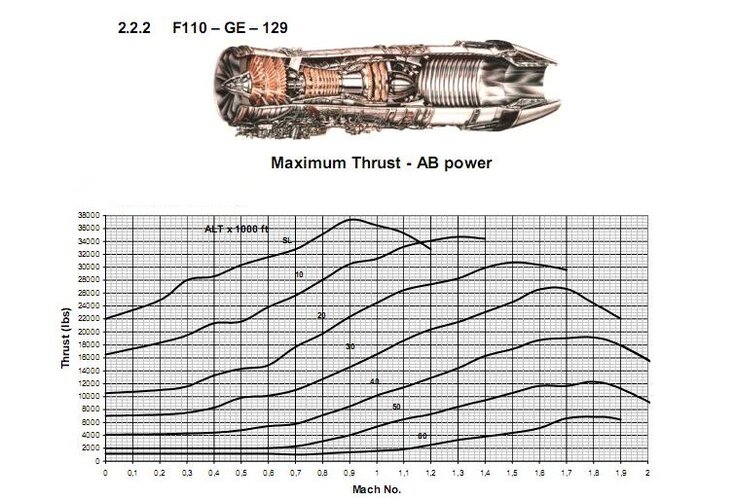My journey started in the 15, after many years transitioned to the F-16, and when my unit was inactivated in 2006, I was selected and transitioned to the F-22. The F-22 was where I ended my career.
This is my opinion and based on personal experience. The block 30/40/50 F-16 (GE equipped) has the best acceleration of the three I mentioned. Those jets would jump out to their maximum quick and could probably go beyond it if were not for the fixed intake and the canopy. In all my years of flying, nothing beat the F-16 (GE) for acceleration. period. It was a screamer and it was one of the best ACM platforms I ever flew.
I'm a newbie, limited to three post....lol, so hence the edit
Sorry Gents, should have mentioned low altitude in A/A config. The F-16C (GE) will surprise you with its acceleration. An old Eagle driver like me was quickly impressed on my first few rides. I never flew it, but I hear that the-229 F-16 is a sage burner also. I know allot of Viper drivers who flew the older Pratt versions, and the difference was substantial between the two. I can just speak the GE equipped block onwards.
Here is a little tidbit that will get you guys all riled up. The F-15A/C (flew both) were not particularly fast at low altitude, above 30 and that changes. Ready......I've flown a lot of Eagles and not a single one of them would accelerate in the vertical straight from brake release, I know, we've tried. I know some of you guys on here will figure out why, but I'll give a hint.............denser air at low altitude, T/W ratio versus decreasing thrust. A specially modified Eagle (think Streak) but me and my compatriots never got a line Eagle to do it.....lost quit a few beer bets on this.
I say this and this only about the 22 (opsec). It's a generational leap above anything currently flying anywhere in the world. It brings a whole different aspect to air combat. F-35 excluded, of course.



